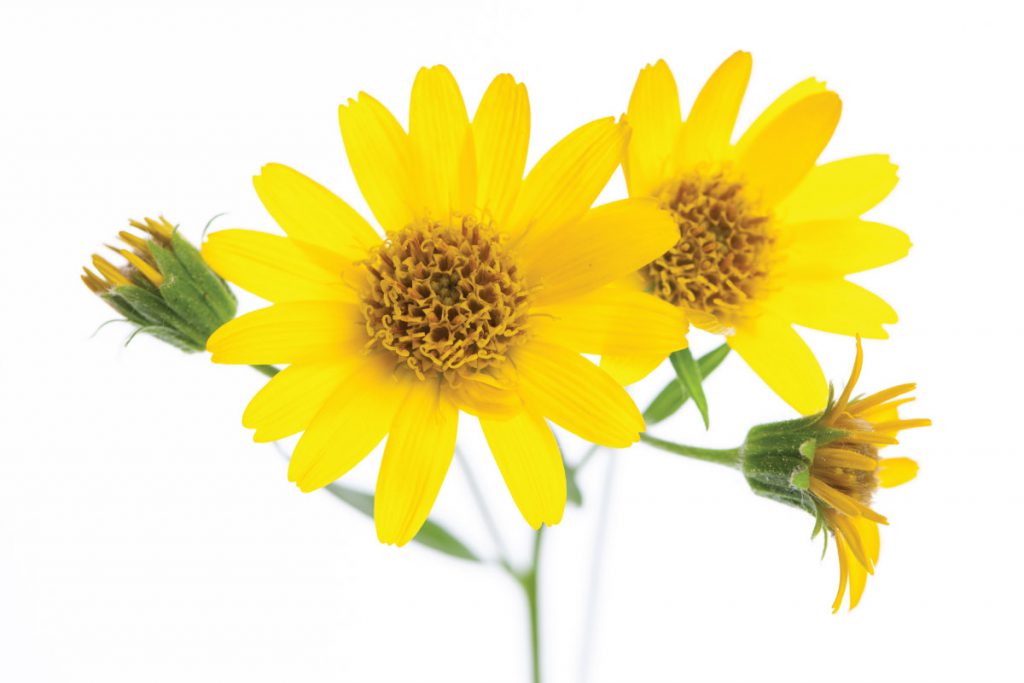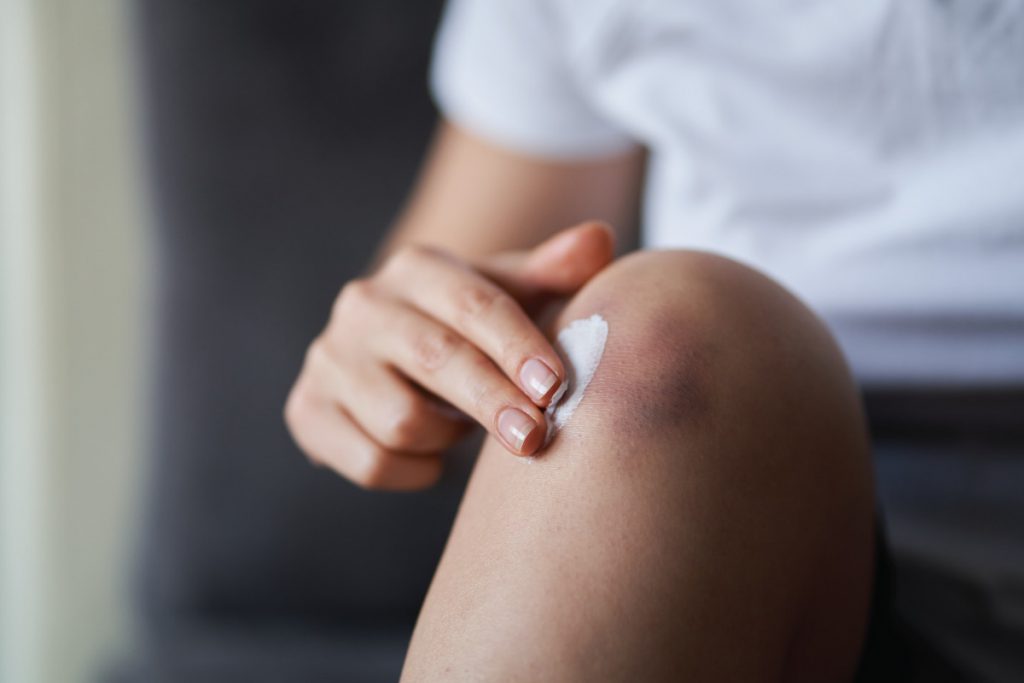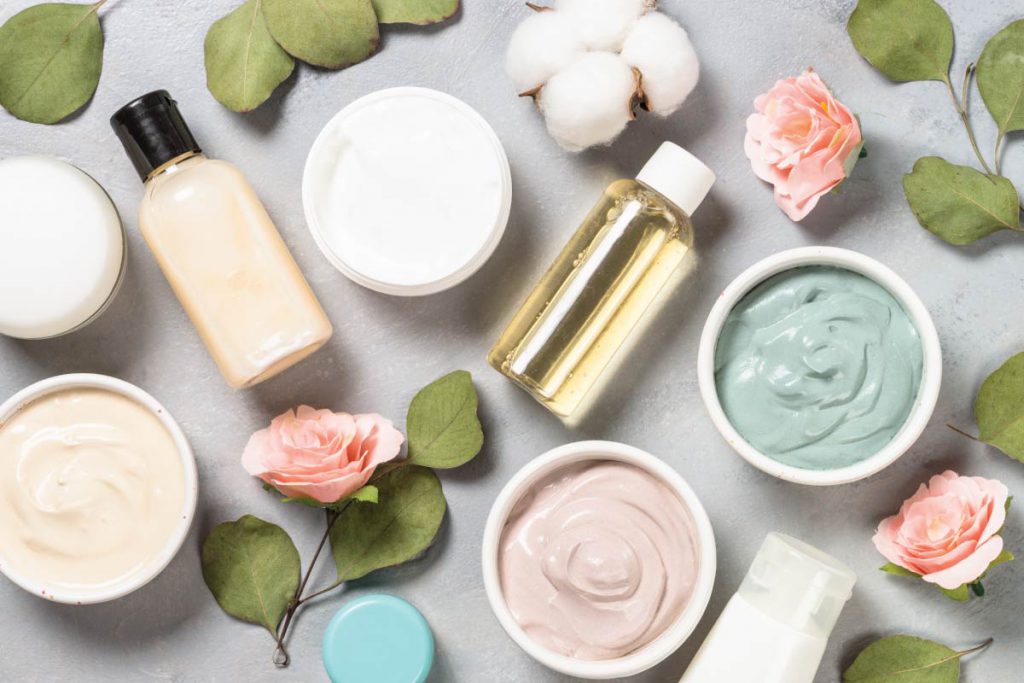
7 Takeaways About Arnica, Your Skincare and Injuries
October 17, 2022
Arnica is an herb that comes from the plant Arnica montana. A member of the sunflower family, arnica displays a large yellow flower and can be found growing wild in temperate mountainous regions of North America and Europe.
Arnica has been used medicinally since the 16th century as a remedy for a variety of health and skin issues. Today it continues to be a common ingredient in topical treatments for muscles, bruises, swelling, aches and pains. It can also be found in diluted amounts in homeopathic remedies. We now know that what makes arnica so powerful are special substances called terpenoids.
Terpenoids are naturally occurring chemicals from plants that have been used aromatically and that play an important role in traditional herbal remedies. Terpenoids are responsible for the scent of eucalyptus, flavor of cinnamon, red of tomatoes, and yellow color of sunflowers.

In this Healthy Insight:
- Who It’s For
- What It Is
- Ideal For
- How It Works
- How To Use
- Fun Facts About Arnica
- What the Arnica Plant Looks Like
Who It’s For:
Individuals with bruising, dark spots, sore legs, feet, and muscles.
What It Is:
The arnica plant is turned into an oil and used as an active ingredient in skincare and cosmetic products like creams, gels and lotions.
Other names include leopard’s bane, wolfsbane, mountain tobacco (since the leaves can look like tobacco), and mountain arnica. Arnica can be found growing wild in temperate climates.

Ideal For:
Clearer-looking skin, bruises, leg cramps, swelling, and joint comfort.
How It Works:
Arnica contains naturally occurring terpenoids, biologically active substances with beneficial properties, especially when used topically.

How To Use:
Available in creams, gels, tablets, tinctures, lotions, teas and homeopathic remedies. Always follow package directions.
Fun Facts About Arnica:
- “Arnica” originates from the Greek word for lambskin referring to its hairy leaves and stems.
- Arnica is poisonous. Don’t eat the plant or apply arnica gel, cream or lotion to broken skin or wounds. The only way you can ingest arnica is in a very highly diluted homeopathic form.
- It’s in some foods. Although the plant is toxic, it’s still used to flavor drinks and foods, but these are deemed to be safe amounts.
- It can soothe a bug bite.
- The German writer Goethe credited arnica for saving his life by reducing a persistent fever.
- Centuries ago, it was thought that applying arnica to the scalp could treat baldness.
What the Arnica Plant Looks Like:
A colorful plant that grows to be 7-15 inches high, Arnica montana is easily recognized by its yellow-orange flowers. Arranged in a daisy shape, the flower is fairly large (2-3 inches), usually blooms alone, and gives off a strong rather unpleasant aroma.
You can also identify arnica by its pale green hairy stem, oval-shaped flowers found at the base and thick, hairy leaves which serve two purposes:
- The leaves reflect light, therefore protecting it from burns, dryness and evaporation.
- The bristly leaves ward off cows, goats and sheep and other animals with sensitive mouths.
There’s a reason arnica has been used for centuries…it works! Discover this amazingly popular herb for yourself and see what it can do for you.



